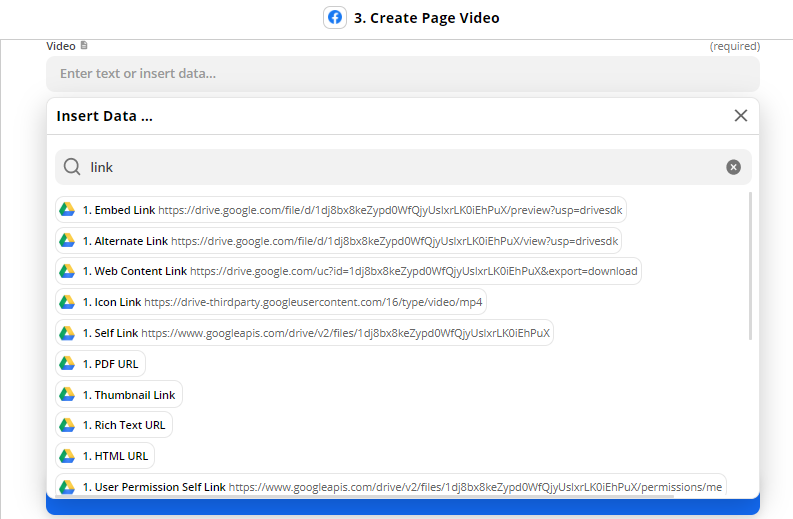

Things were different, and today they are even differenter. I don't care for manual labour, so I created a TamperMonkey script that can be used to add a little "open link" button to every contact entry. Similar to how the data-sourceid HTML attribute contains the contact ID and can be used to extract the ID and manually build a link ( see Indy's answer), there's also the data-id attribute containing the person ID, which can be used to do the same. So by splitting the resourceName and taking the last part you can extract the ID you need to build the URL. Notice that the People API returns a field called resourceName, and that the value is the person ID prefixed with people/ (e.g. Thing is, Google is phasing out the Contacts API in favor of the People API - so I imagen that many people are facing (like me) the need to build a link using the person ID.

If you already have a contact ID, you can build a URL with the following structure. Look into the account that you’ve connected to see if it’s updating the way you want it to.This question accumulated quite a lot of answers over time, so I think maybe an up-to-date recap would be useful. To do a live test, head to your website and start a test chat.

As long as everything is working, you can turn the zap on. Select the desired app to connect, then the desired action to take (for example, Create Spreadsheet Row or Attach File). This could be anything of the apps available in a search, like Google Sheets or Asana. Then, select the App Event you want to happen when the Olark trigger happens. Click the Test Trigger button to be sure your Webhook is set up correctly. Make sure the first three checkboxes are checked to send transcripts automatically, send offline messages and all events. Under Connect a Webhook, paste the Webhook URL into the URL to post to box. (Note that your Olark account must be a paid subscription.) Then, select Integrations > Webhooks. Click Continue to set up a Webhook URL, and copy the URL. Then, select either New Message or New Transcript based on the data you want to use in your zap. Once you’re logged in, hover over the black plus sign on the left side bar and click on the Make a Zap button.Ĭhoose Olark as the app. To connect Olark to Zapier, start by creating a new Zapier account.

This integration requires a Zapier account (the Basic plan is free). Add tasks on Asana for new transcripts on Olark.Create or update ActiveCampaign contacts for new Olark messages.Archive Olark transcripts in Google Sheets.With the Olark and Zapier integration, you can create a workflow called a “zap” that takes information from Olark and automatically transfers it to one of over 2,000 apps.


 0 kommentar(er)
0 kommentar(er)
